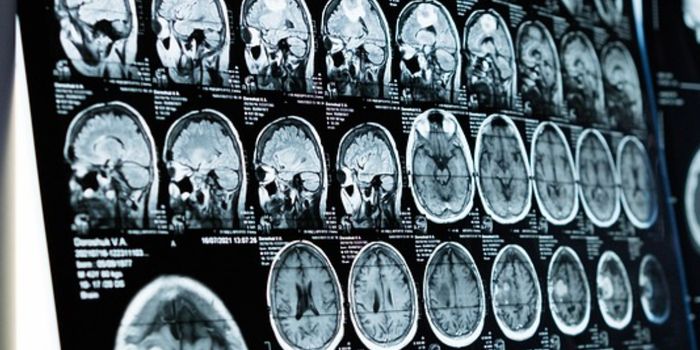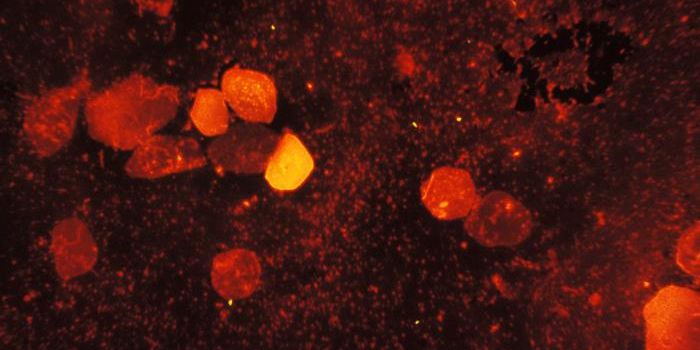Drug Delivery System for Treating Multiple Alzheimer's Pathologies at the Same Time
Alzheimer’s disease, which affects an estimated 5 and a half million adults in the U.S., can be caused by a number of pathologies. The most common pathologies include amyloid plaques and tau tangles. Amyloid plaques and tau tangles are misshapen proteins in the brain that have long been linked to causing Alzheimer’s. Amyloid plaques, in particular, are often considered the hallmark sign that a person has Alzheimer’s.
Many treatments exist for Alzheimer’s, including some that are still working their way through clinical trials. Aduhelm is approved by the FDA to help treat and reduce amyloid plaques, while zagotenemab, which showed unsuccessful Phase 2 trial results, was designed to treat and reduce tau tangles.
However, despite research on these medications, the current approach to treating Alzheimer’s and its pathologies is usually to target them one at a time, or to treat them individually. Researchers from the Buck Institute for Research on Aging are seeking to change that. With the help of a $2.4 million award from the National Institutes of Health Common Fund, researchers are hoping to further study and develop a smart cell-based delivery system (SmaCD) which works as a high risk, high reward way of treating multiple Alzehimer’s pathologies at the same time.
The goal of the SmaCD system focuses on taking immune system cells and making them into tools that can create biological drugs in the body. Acting as a sort of “doctor” that can “diagnose” a situation, the cells can then release the synthesized drugs to a particular location. SmaCD works with drugs that are based on amino acids, so they can continue to produce more and more drugs, as needed. Currently, the program uses Aduhelm and zagotenemab.
SmaCD is comparable to CAR-T cell therapies, where immune system cells are programmed to detect conditions like cancer cells and destroy them. However, these cells are designed to destroy. Using the analogy of a doctor, SmarCD allows cells to travel to a particular location in the body, assess the surrounding environment, and decide when or if to deploy drugs.
Because treating one pathology is not likely to improve the life of someone with Alzheimer’s, researchers hope that targeting multiple at once could.
Sources: Eurekalert!; CDC








